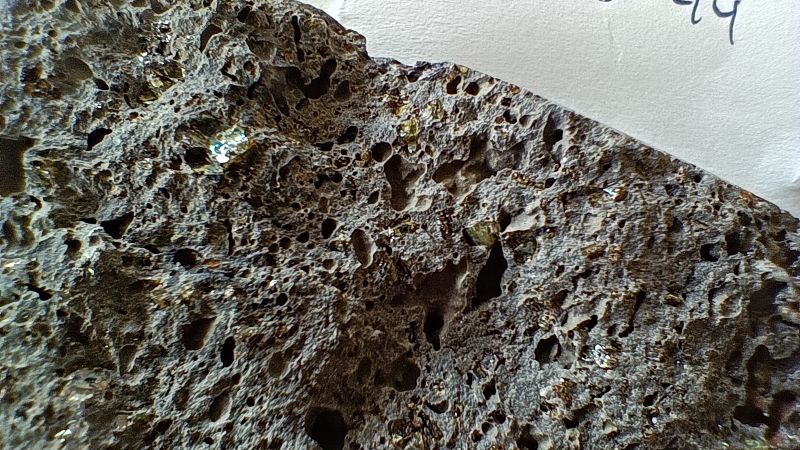In the heart of Jerusalem’s historical lineage lies a compelling mystery that has persisted for centuries. Previously, the Early Hellenistic Period, spanning from 332 to 141 BC, represented an incomplete chapter in the city’s past. The absence of substantial archaeological material left a significant gap in understanding how the city’s residents lived during this epoch. However, recent discoveries have begun to fill this void, shedding light upon a pivotal period steeped in Greek influence and culture.
Excavators from the Jerusalem Walls National Park have made a significant find: two exquisitely crafted child-sized gold rings adorned with vibrant red gemstones. These artifacts, unearthed from a dig site in a remarkably short timeframe of less than a year, were so impeccably preserved that the archaeologists initially mistook them for modern jewelry. Further study indicates that these rings are approximately 2,300 years old and seem to have been part of a coming-of-age ritual for young women prior to marriage—a poignant aspect of cultural practice during that era. Along with these rings, various other objects discovered during the excavation contribute to a richer understanding of life in Jerusalem during this time, suggesting that the city’s historical narrative is more layered than previously thought.
On a different front, a completely unrelated yet equally fascinating narrative unfolds deep within the Earth’s molten core. Geologists have recently undertaken an analysis of volcanic rocks in Hawaii, revealing that many precious metals—including gold and platinum—might be breaking free from the core into the mantle. These findings suggest that the planet’s gold might not be entirely trapped but could be emerging through geological processes. Researchers observed traces of silver-gray metal similar to gold, originally abundant in Earth’s formation about 4.5 billion years ago, hinting at the dynamic nature of the Earth’s interior. As volcanic islands build up, these metals can find their way to the surface, opening a new chapter in how we understand the distribution of valuable materials on Earth.
Amidst terrestrial discoveries, the cosmos continues to unveil its secrets. SpaceX’s recent test flight of Starship, touted as the most powerful rocket ever constructed, aimed to push boundaries by reusing a Super Heavy booster for the first time. The ambitions of this mission were thwarted, however, as critical objectives remained unachieved. Contact with Starship was lost during reentry, leading to an uncontrolled spin—a sobering reminder of the challenges that accompany space exploration.
Meanwhile, oceanographic observations off the coast of Hawaii have captured a rare phenomenon: pods of sharks from two distinct species feasting together—an atypical behavior for these solitary predators. Observers documented this spectacle for more than eight hours, prompting new considerations for understanding shark behavior in social contexts.
The wonders of the universe are not limited to our own planet. Astronomers have identified an enigmatic object referred to as ASKAP J1832-0911, which is emitting periodic flashes of radio waves every 44 minutes. This discovery has excited scientists who speculate that ASKAP J1832-0911 may belong to a class of newly characterized long-period transients. This object distinguishes itself by emitting not only radio waves but also potent X-rays—a characteristic observed by NASA’s Chandra X-ray Observatory and marking its uniqueness in the celestial realm.
Back on Earth, recent excavations in Luxor have revealed three tombs nestled within an ancient Egyptian burial complex known as Dra’ Abu el-Naga. This cemetery, reserved for prominent nonroyals during the New Kingdom (circa 1539 to 1077 BC), boasts painted figures, hieroglyphs, and inscriptions that have enabled researchers to ascertain the identities and professions of those interred within these hallowed grounds.
In the realm of contemporary issues, sixteen states have moved to challenge new directives from the Trump administration that affect the National Science Foundation, an agency pivotal in pursuing scientific advancements and research. Their actions highlight the ongoing intersection of science and politics. Also making headlines, modern-day researchers have unraveled the dietary preferences of the massive megalodon shark, previously theorizing how it met its enormous caloric needs. China’s Tianwen-2 mission aims to explore an asteroid potentially originating from the moon and capture stunning visuals of an “active asteroid.” Lastly, a 43,000-year-old fingerprint discovered on a rock suggests that our ancient ancestors possessed the capacity for artistic expression.
In conclusion, these narratives converge to illustrate humanity’s persistent curiosity—from uncovering ancient treasures beneath Jerusalem’s soil to exploring the mysteries that lie within the cosmos. Each discovery, whether earthly or celestial, stirs the collective imagination and advances our understanding of history, science, and our place in the universe. For more captivating stories and insights on the wonders that surround us, subscribing to newsletters like CNN’s Wonder Theory can be an enlightening experience.



